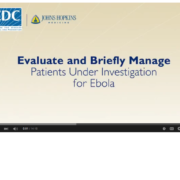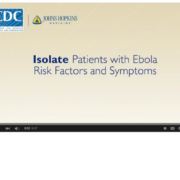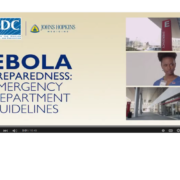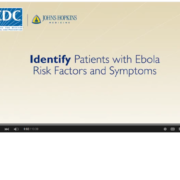Evaluate and Briefly Manage Patients: Ebola Assessment Hospitals
This module covers the basic concepts for evaluating and briefly managing a patient under investigation for Ebola. Although all U.S. healthcare facilities need to screen and promptly identify patients at risk for Ebola, the content of this module is primarily for Ebola Assessment Hospitals. These hospitals need to be capable of initial evaluation and care of these patients for up to 96 hours until Ebola testing is complete and a diagnosis of Ebola is confirmed or ruled out. Plans should be developed and practiced for safely transporting patients within the facility, designating and preparing a patient room and adjacent spaces to be used by staff, training staff on the use of personal protective equipment, laboratory safety, communications, and environmental infection control and waste management, among other topics. Public health authorities should be consulted promptly for additional information and guidance, and to facilitate transfer of the patient to an Ebola Treatment Center, if necessary.






